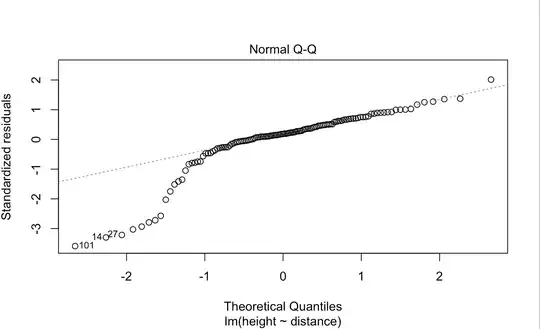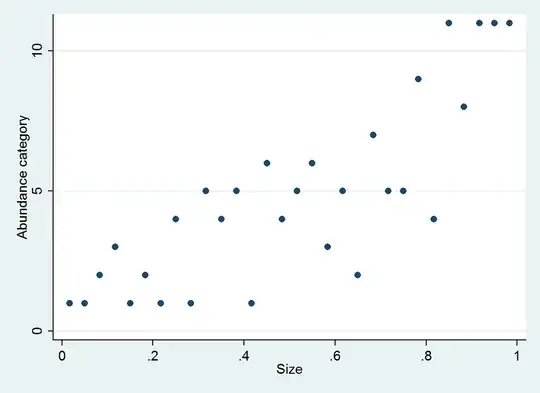I am trying to work out a physically intuitive way of understanding how the Weibull arises. Also according to the Wikipedia entry on the Weibull distribution, there is some how a relation to the Rayleigh distribution. I think it is clear to see how mathematically this can occur -- but a physical description would be nice.
To give an idea of what I am looking for I'll explain how I understand how the Rayleigh distribution emerges. If one has a $2\rm{D}$ vector quantity
$$\mathbf{v} = \begin{pmatrix}x \\ y \end{pmatrix}$$ where both $x$ and $y$ are Gaussian distributed, then the absolute value of $\mathbf{v}$ is related to the directional components of $x$ and $y$. The absolute value obviously forces all values to be positive. A good example is considering $2\rm{D}$ speeds, or, considering frequency signals where the real and imaginary parts are Gaussian distributed -- the absolute value of flat white noise will yield a Rayleigh distribution.
So to summarise, I am looking for a physically intuitive explanation for how the Weibull distribution arises in nature, and why it is related to the Rayleigh distribution.
What I am trying to understand is the behavior of the noise. This in principle is the Johnson-Nyquist noise $v_{n} = \sqrt{4 k_{B} T R \Delta f}$ with $R$ being the impedance we can see in the fit.
So given that I have complete confidence in the lineshape and the fit, I can learn something from looking at the residuals -- which thanks to Whuber's previous answer can be identified as being Weibull distributed. Now what would be nice is a physical explanation as to why this is the case.
If we consider some flat noise:
Which is recorded in the same was as the previous spectrum, and we convert the units to linear units, that is to units of $\rm{V_{pk}}$, and look at the distribution - it is a perfect Rayleigh:

Here we have many spectra of flat white noise to resolve the distribution. Note again these are NOT residuals.
The explanation for this is very natural, any signal going into an FFT usually consists of real and imaginary parts which are Gaussian distributed. When you take an FFT you usually take the absolute value of the result, which for me at least perfectly explains the Rayleigh! The Rayleigh itself, independent of my example, is perfectly intuitive to how it arises as I have described above.
For the case of my first spectrum the noise is obviously not flat, and scales with the impedance of the lineshape. So instead I look at the residuals. It would be nice to have a physically intuitive description as to why the Weibull arises -- in any case -- If I have this I can think about why this explains my residuals in a physical way. Whuber made the good point that this distribution may just be a good match and not a real physical explanation -- entirely true!! However I think it is worth thinking about.
